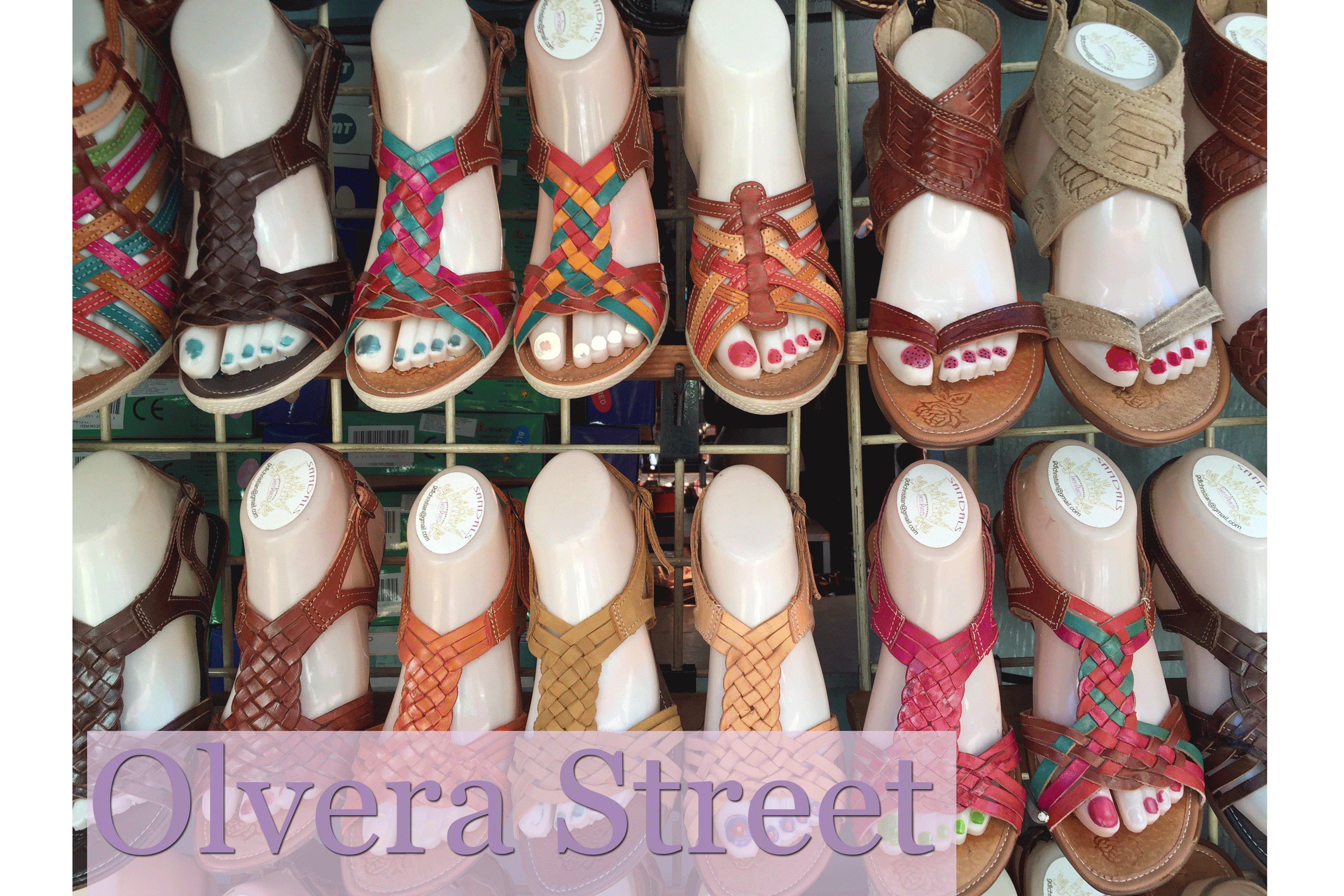
Before downtown Los Angeles emerged as a tourist hotspot, before gentrification graced the scene with LA Live and Walt Disney Concert Hall, cultural hearths of Chinese and Mexican cultural found their home by the intersection of the 101 and the 110 freeways.
Chinatown and Olvera Street have formed a cultural cornerstone there since the 1930s, but interestingly enough, the woman that made them a reality was of neither Chinese nor Mexican origin. Christine Sterling, wife of a Hollywood studio lawyer and L.A. socialite, took a well-intended dream to save the Avila Adobe and created the rather clichéd tourist destinations these two areas are today.
Sterling’s efforts began in 1926, when a stroll in the Mexican neighborhood sparked an interest in the history and culture of Old Mexico. From there, she mounted a campaign to save the Avila Adobe and pitched to the city an idea to create the marketplace that Olvera Street is now famous for.
Once her work finished there, she found a need for a new project, creating a similar destination for the Chinese population in the area.
In the mid to late 19th century, the Chinese had an elaborate Chinatown in place. This “Original Chinatown” extended from Los Angeles Street and Sanchez Street to what would eventually be Union Station and the Hollywood Freeway.
The construction of Union Station and the 101 Freeway eventually moved the L.A. Chinese population out of the now dilapidated district. Tour guide Terence Butcher explains where the population shift took place.
“I know there was an element of eminent domain in which were told they had to move, but there were Chinese who moved out of the area prior to that. They moved down to 9th and San Pedro, where the city market was because some were vendors there, as well as down to Adams Boulevard,” he said. “The Original Chinatown was becoming a little dilapidated in the early 20th century, so that was another reason the Chinese left.”
Sterling hopped on the “China City” project in the early 1930’s, inspired by the Hollywood movie sets she’d seen interpreting Chinese culture. Chinatown as it is today developed concurrently with the development, independent of Sterling and her tourist-oriented plans. China City opened in 1938 and burned down in 1948, in what many still speculate was an arson case.
Chinese cultural groups in the area did not support the project, calling it a farce of the country they came from. Sterling herself acknowledged that she created China City with the intent of it being a tourist destination. In fact, some of the buildings were props from the set of the 1938 film, “The Good Earth.”
But for its ten years of existence, it became a definitive facet of Chinese culture in Los Angeles. The area brought in jobs for nearby Chinese residents to operate shops, and a legitimate sub-community began to form.

Much the same can be said for the Olvera Street of today. The marketplace depends on the idea of “authentic Mexican,” selling “authentic Mexican” guitars, authentic sandals, authentic sugar skulls—all imported from Mexico. Though it still maintains the tourist trap vibe of Sterling’s imagination, the street maintains a legitimate community between shop owners.
“It's really good to get along with your neighbors,” said Edith Rivas, a shop owner on Olvera Street. “I get along with almost everyone here, and that makes it even easier for your day to go by really fast.”
Restaurants on Olvera Street in particular pride themselves on their tradition. Cielito Lindo taquito stall, for example, has stood as an institution on Olvera Street since its infancy in 1934. The website’s page on the stall’s history even mentions Mrs. Sterling as a founder who “accepted the little family [who founded the taquito stand] into the Olvera Street community.”
Butcher, who admits that the history of Christine Sterling is “a complicated story,” believes that the success of Olvera Street did not transfer to China City because of one main reason.
“I don’t think Sterling felt the same affinity necessarily to Chinese culture that she did for a romanticized version of old Mexico, but she wanted to create that nevertheless,” he said. “In the end, though, things didn’t work out.”